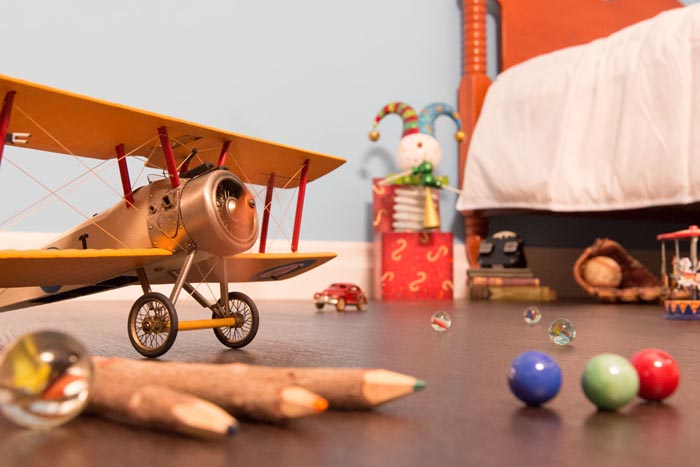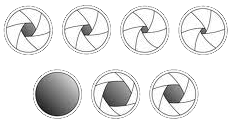Photography 101
Exposure Explained Simply
Understanding ExposureUnderstanding the three elements that affect exposure (ISO, Shutter Speed and Aperture) and learning how to control them, will help you achieve the results you want in your final image. The first step is to determine the environment you’ll be shooting in. This will help you determine your ISO. The ISO controls the sensitivity of the image sensor in your camera. A high ISO setting means that the image sensor is operating at full capability and capturing more, so you don’t need as much light when you shoot at a high ISO. A high ISO will allow you to shoot in low light situations – like indoors at a dinner. With a low ISO – your sensor is not running at full capacity, which means that you have more flexibility in the amount of light you can let into your camera. A low ISO setting is perfect for a bright sunny day. |
|
|
|
|
Setting the moodThe next step is to determine if you will be shooting a subject in motion, and, if so, how you want it to look. Your answer will help you set your shutter speed, which determines the length of time the shutter remains open. Leaving your shutter open a long time will let in lots of light and will capture motion as it moves – meaning you will see it as a blur. A short shutter speed, like a quick blink, freezes a moment in time without blur. |
|
|
|
|
Selecting the focusLastly, you will determine what depth of field you want: If you only want just your subject in focus you will set a low aperture, which gives you a shallow depth of field. Conversely, a high aperture will lengthen your depth of field. The aperture controls the size of the lens opening. Like the pupil of the eye, open it wide in low light and make it small in full sunlight. |
|
|
|
|
Setting the ExposureTo get a good exposure in manual mode you will need to balance between the aperture and shutter speed. A large aperture will let in lots of light, to balance this your shutter speed will need to be set for a shorter/faster time. When your aperture is smaller, there is less light coming into your camera so you can use a longer/slower shutter speed to compensate. |
|
|
|
|
Your shooting environmentIn photography, ambient light refers to any source of light in the scene that is not supplied by the photographer. Ambient light could be light from side table lamps, candles on a birthday cake or the lights on Christmas tree. Many photographers enjoy shooting with only ambient light because it helps preserve the atmosphere of the scene. Since ambient lighting can be unpredictable, you need to be aware of your exposure settings for each and every photograph. In bright sunlight, your settings will need to be adjusted to decrease the amount of light your camera is capturing. When there is less light available (like when someone blowing out the candles on a birthday cake) you will need to adjust your settings to capture more light. |
|







